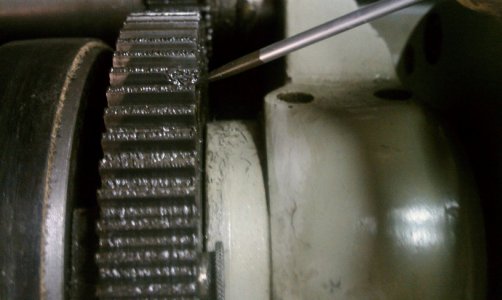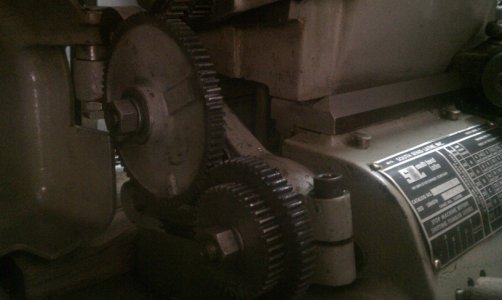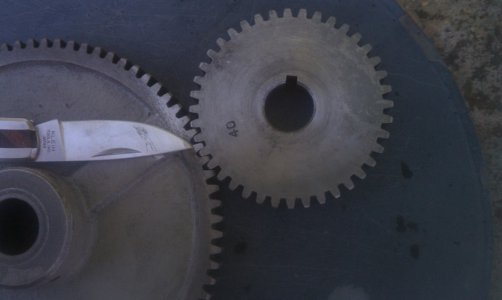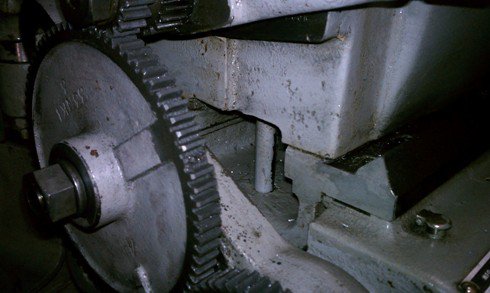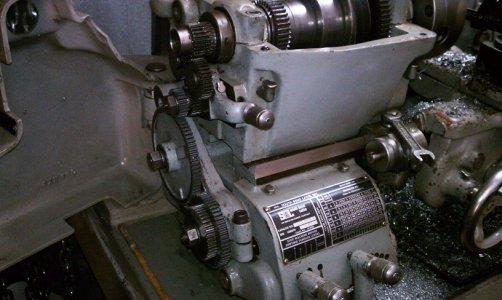- Joined
- Sep 23, 2010
- Messages
- 26
Hello,
A few months ago I broke a tooth on the 80 tooth (banjo?) gear on my SB 10K (it lives on the left side, large gear under the end cover). I've been reluctant to run it, so haven't done much with the lathe. I finally found one on epay last night. Yikes, it was $1 per tooth! Hope to have it back in service soon. My question is, how critical is one tooth on an 80 tooth gear? Can the machine be run even though there is a tooth missing? I guess something got in the gears when it was running, I recall hearing a small pop when the machine was cutting one night. It has covers on the end, but something may have flipped over there.
What else may cause such a thing? There is not a lot of swarf or other crap in the area, just grease. I think the back lash is set correctly, but I don't really have any specs on what the spacing should be. Just my own mechanical experience - you know . . . not too tight, not too loose, ahhhh!
Input?
Thanks, Flat.
A few months ago I broke a tooth on the 80 tooth (banjo?) gear on my SB 10K (it lives on the left side, large gear under the end cover). I've been reluctant to run it, so haven't done much with the lathe. I finally found one on epay last night. Yikes, it was $1 per tooth! Hope to have it back in service soon. My question is, how critical is one tooth on an 80 tooth gear? Can the machine be run even though there is a tooth missing? I guess something got in the gears when it was running, I recall hearing a small pop when the machine was cutting one night. It has covers on the end, but something may have flipped over there.
What else may cause such a thing? There is not a lot of swarf or other crap in the area, just grease. I think the back lash is set correctly, but I don't really have any specs on what the spacing should be. Just my own mechanical experience - you know . . . not too tight, not too loose, ahhhh!
Input?
Thanks, Flat.


